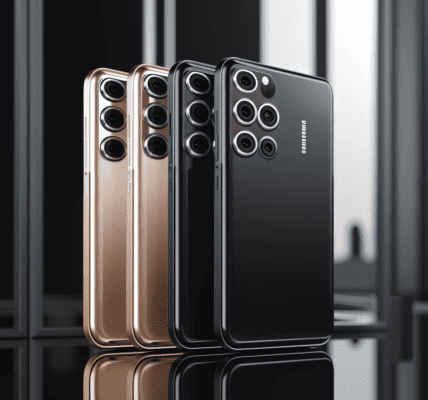Cornell University Researchers Make Breakthrough in 6G Wireless Technology with New Semiconductor Chip
Cornell University researchers have made a significant breakthrough in the development of 6G wireless technology with the creation of a new semiconductor chip. This chip will enable smaller devices to operate at the higher frequencies required for future 6G communication technology.
The next generation of wireless communication demands greater bandwidth at higher frequencies, and the new chip addresses this need by adding a necessary time delay. This innovation allows signals sent across multiple arrays to align at a single point in space without disintegrating.
The team’s paper, titled ‘Ultra-Compact Quasi-True-Time-Delay for Boosting Wireless Channel-Capacity,’ was published in Nature, with Bal Govind, a doctoral student in electrical and computer engineering, as the lead author.
Currently, most wireless communications, including 5G phones, operate at frequencies below 6 gigahertz (GHz). However, with the aim of developing a new wave of 6G cellular communications using frequencies above 20 GHz, technology companies are working towards achieving more available bandwidth for faster data flow. It is anticipated that 6G technology will be 100 times faster than 5G.
One of the challenges at higher frequencies is the increased data loss through the environment. To address this, 5G and 6G technologies utilize a series of phased arrays of transmitters and receivers instead of relying on a single transmitter and receiver, making the process more energy-efficient.
Bal Govind highlighted the significance of the research, stating, ‘The problem we’re addressing is decades old—that of transmitting high-bandwidth data in an economical manner so signals of all frequencies line up at the right place and time.’
The team’s innovative approach involves the design of a complementary metal-oxide-semiconductor (CMOS) that can tune a time delay over an ultra-broad bandwidth of 14 GHz, with as high as 1 degree of phase resolution. This design was aimed at packing as many delay elements as possible, utilizing 3D reflectors strung together to form a ‘.





